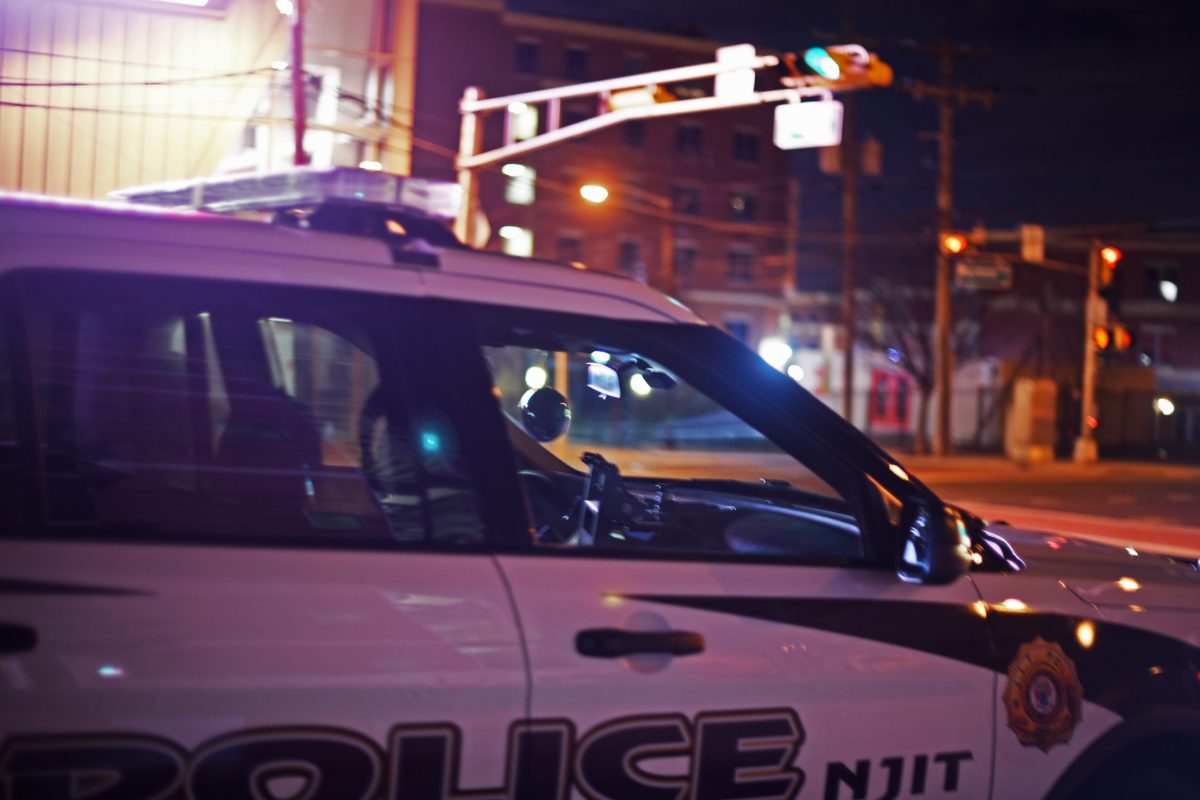The Newark Police Department set a record in 2020. For the first time in decades, the department has gone through an entire year without firing a single shot, especially impressive given the violent confrontations that plagued police departments in many major cities over the past summer in the aftermath of the George Floyd shooting. Newark set itself apart from the pack with peaceful demonstrations met with support by local leaders.
While some might expect such a reduction in force by the police may come at the price of increasing crime, this was not the case. Preliminary FBI crime statistics show that the rate of violent crimes for the first three quarters of 2020 fell 15% from that same period in 2019, with murders down 25% and robberies down 44%. Interestingly, even though reduction in violent crime may be explained because of the COVID-19 pandemic, addressing violent crime had not. In 2020, Newark officers recovered 496 illegal firearms and made 339 arrests, both a 7% increase from 2019. This is especially notable considering the struggles that nearby New York City has had with increasing gun violence and murders in 2020.
So, to what does the City of Newark owe its striking success? Well much of it is the result of de-escalation training that has been rolled out across the state of New Jersey. Starting in 2018, Newark police officers began training under the Community Law Enforcement Affirmative Relations (CLEAR) program. Devised by the New Jersey Attorney General’s office in 2016, the program was intended to address a Justice Department investigation regarding excessive force in the state’s police departments. The training emphasizes the importance of calm interactions in order to protect the safety of the officer as well as civilians. Separating disputing parties, being mindful of body language, and reflecting on personal emotional “buttons” are all techniques recommended to the officers as part of the CLEAR training program.
This was an addition to a slew of other reforms posed by the Attorney General around the same time period. One of which was a rule mandating the use of body cameras by New Jersey officers. Another encouraged outreach to community and faith-based leaders to further trust in the policing community, conversing with such leaders on the use of force guidelines, even encouraging that they be shown the virtual firearm training simulations that officers use in practicing correct use of force. Results speak for themselves, with firearm discharges falling from 32 in the year of 2015 (the earliest year such data is available as part of NPD’s transparency data) to now only 1 in the past two years; meanwhile external complaints have fallen 38%.
City leaders have been quick to celebrate the department’s simultaneous successes in use of force and crime reduction. Newark Public Safety Director Anthony F. Ambrose stated in a Facebook post that “This is proof-positive that our de-escalation training is highly effective. Our officers have embraced de-escalation training and are actively employing this resource when engaging with the community.” Meanwhile Newark mayor Ras Baraka praised the city’s recovery of nearly 500 illegal firearms managed by the police in the same time frame, stating “We have worked hard to reduce crime and are committed to keeping our residents and their families safe, especially when it comes to reducing senseless gun violence.”
Unfortunately, 2021 cannot hope to match the previous year’s success. On January 1, there was a shootout between police on South 11 and Woodland resulting in the death of a 39-year-old man and the hospitalization of a Newark police officer. However, with the material improvements that have been observed in the NPD over this past decade, we can hope that such violent confrontations will become few and far between.



























